Trailer Insulation is one of the first steps in any DIY build, and it’s also one of the most misunderstood. There’s a lot of misconceptions about trailer insulation, and people end up wasting money and time on unnecessary steps and products.
When we were building our trailer we had all kinds of questions about insulation: What’s the best material to use? How do we install it? Do I need a vapor barrier? What questions do I not know enough to ask?
So what is the best way to insulate a DIY horse trailer? Below, we’ll go over how heat is transferred and how to stop it; discuss what you need to know about insulation, look at some of the different products available, and how best to use them.
There are three types of heat transfer: radiation, conduction, and convection.
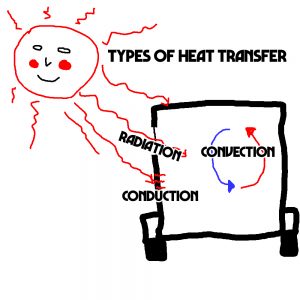 Radiation is heat that can be transferred through the air or a vacuum – Think of the warm sunlight that comes through your windows on a sunny day. It’s very nice in winter but miserable in the summer. In a trailer, radiation occurs mostly through the windows. If you park your trailer with large windows in direct sunlight, the inside will heat up quickly. This is because radiant heat transfers easily through glass. Combat radiation heat by parking in the shade or extending your awning.
Radiation is heat that can be transferred through the air or a vacuum – Think of the warm sunlight that comes through your windows on a sunny day. It’s very nice in winter but miserable in the summer. In a trailer, radiation occurs mostly through the windows. If you park your trailer with large windows in direct sunlight, the inside will heat up quickly. This is because radiant heat transfers easily through glass. Combat radiation heat by parking in the shade or extending your awning.
Convection is heat transferred through the natural movement of liquids and gasses. This is due to liquids and gasses being different densities and temperatures. In a nutshell, hot air is less dense than cold air so it rises which is why the nose of gooseneck trailer gets so hot in the afternoon. Combat convection by adding a ventilation fan to suck out the warm air near the ceiling while pulling in cooler air from a cracked window.
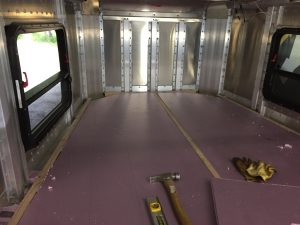
Trailer insulation in the gooseneck floor
Conduction is heat transferred through a solid material. The metal skin and framing of your trailer walls are excellent conductors of heat. Without any insulation, a trailer sitting directly in the sun heats up fast. The inside metal can be too hot to touch because the heat is transferred very efficiently through the outside walls. Combat conduction by insulating the inside of your trailer to stop your trailer from conducting the sun’s heat inside during the summer and help prevent heat loss through conduction during the winter.
Trailer Insulation:
Insulation slows the rate of heat transfer into and out of your trailer, which makes it easier to maintain the temperature you want. A properly insulated trailer is easier to heat and cool. It won’t heat up as quickly in the summer, and stays warmer in cool weather.
Every insulation material has an R-value, which is a measure of the material’s Resistance to heat transfer. The higher the R-value, the better the ability to resist heat transfer via conduction.
Different materials have different levels of conduction. In general, the more porous a material is, the less it conducts heat because air is a poor conductor.
Example: If you hold a metal bucket full of ice, it will quickly draw the heat out of your hands. If you hold a foam bucket full of ice, the heat will stay in your hands.
NOTE: Nothing resists conduction better than a vacuum; this is why vacuum insulated mugs work so well.
A thermal bridge is an area that has greater thermal conductivity than the materials around it, providing an opportunity for heat to pass through.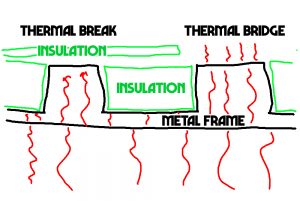
When you place insulation between your trailer’s frame ribs but don’t do anything to the ribs themselves, the frame then becomes a thermal bridge. Heat can conduct inside the trailer through the exposed frame much more easily than it can through the insulated areas. This thermal bridge reduces the overall effectiveness of your insulation, since heat and cold can easily go around it.
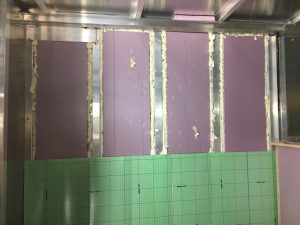
Creating a thermal break with 1/4″ XPS insulation
Insulating on the top of your trailer’s hollow frame ribs can reduce the effect of thermal bridging.
These thermal breaks, are basically non-conductive materials (i.e. insulation) placed in the pathway of a thermal bridge to block the flow of heat. NOTE: HVAC tape is not insulation.
Now that we understand how basic heat transfer works, let’s take a look at the insulation materials we can use to slow it down.
While there are a lot of options out there, not all of them are good choices for insulating your trailer. Good trailer insulation needs to have the following:
- High R-value per inch. Space is at a premium inside a trailer, and you want to insulate with materials that will do the most in the least amount of space.
- Bang for your buck. There’s no need to spend hundreds of dollars insulating your trailer. Some materials may work well, but cost more than your trailer did. The best insulation materials do their job effectively and are friendly to your wallet.
- Able to withstand vibration. Unless you’ve got your trailer up on blocks, you’re probably hauling it all over the place. Traveling causes lots of vibrations inside your trailer, and your insulation needs to be able to take it without falling apart.
- Resistance to moisture, mold, and mildew. Either the material is impervious to moisture (like rigid foam board or spray foam) or has moisture control properties and natural mold resistance.
- Non-toxic. You don’t want harmful gases or microscopic particles filling your living space. You get bonus points if the trailer insulation is produced in an environmentally-friendly way.
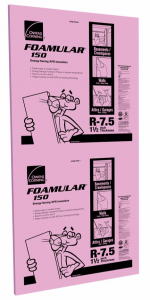 What we used in our trailer: Extruded polystyrene (XPS) is a type of rigid foam board insulation that’s widely available. You’ll recognize it as the big pink or blue foam sheets at the hardware store. XPS has a very good R-value per inch at R-5, and is impermeable to moisture. Another benefit is its high compressive strength, making it perfect for floor insulation.
What we used in our trailer: Extruded polystyrene (XPS) is a type of rigid foam board insulation that’s widely available. You’ll recognize it as the big pink or blue foam sheets at the hardware store. XPS has a very good R-value per inch at R-5, and is impermeable to moisture. Another benefit is its high compressive strength, making it perfect for floor insulation.
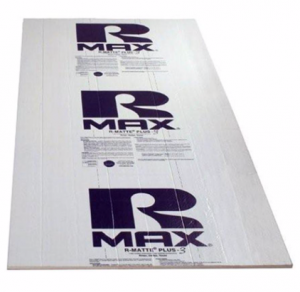 What we should have used for trailer insulation: Polyisocyanurate is another rigid foam board insulation. It typically comes foil-faced on one side, which acts as an effective vapor barrier and also provides a radiant heat barrier if you install it with an air gap. Polyiso is much more environmentally friendly and has a slightly better R-value per inch than XPS foam board. It is a little more expensive than XPS and my local hardware store didn’t carry it.
What we should have used for trailer insulation: Polyisocyanurate is another rigid foam board insulation. It typically comes foil-faced on one side, which acts as an effective vapor barrier and also provides a radiant heat barrier if you install it with an air gap. Polyiso is much more environmentally friendly and has a slightly better R-value per inch than XPS foam board. It is a little more expensive than XPS and my local hardware store didn’t carry it.
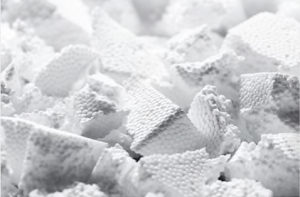 What you never want to use: Expanded polystyrene (EPS) is another type of foam board insulation. It’s basically the same as the stuff in your Styrofoam cooler. EPS is super cheap and is a good insulator. But it contains air gaps that allow moisture to penetrate, which degrade the material over time. It also won’t stand up to vibration as well as polyiso or XPS, and isn’t nearly as durable.
What you never want to use: Expanded polystyrene (EPS) is another type of foam board insulation. It’s basically the same as the stuff in your Styrofoam cooler. EPS is super cheap and is a good insulator. But it contains air gaps that allow moisture to penetrate, which degrade the material over time. It also won’t stand up to vibration as well as polyiso or XPS, and isn’t nearly as durable.
Trailer Insulation Steps by the Numbers:
 1 – Insulate walls, ceiling, and floor with foam board
1 – Insulate walls, ceiling, and floor with foam board
2 – Fill gaps with spray foam
3 – Cover all exposed aluminum ribs with thermal break – We used ¼ inch fanfold sheathing insulation
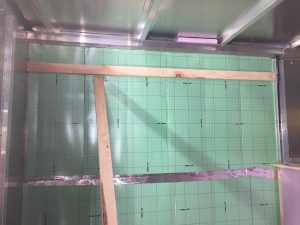 4 – Seal seams with HVAC tape to create moisture barrier
4 – Seal seams with HVAC tape to create moisture barrier
5 – Attach 1×3 wooden furring strips to ribs to create a solid base for the ¼“ plywood sheet walls and channels for electrical wiring
And there you have it! A fully-insulated trailer!
Now you’re ready to head up to Alaska in December, or haul down to Arizona in August. Well, maybe not. No matter how well-insulated your rig is, it’s still a good idea to follow the weather you want. While trailer insulation does make the inside of your trailer more comfortable, horse camping isn’t about staying in your trailer – it’s about getting out there and enjoying the world on your horse!
For more information, and videos of the build, on the Horse Trailer Project visit https://www.trailmeister.com/category/videos/
The TrailMeister Trailer Project is brought to you by the generous support of the following underwriters:
 Aah Light – A natural way to promote healing and control pain – Light On!
Aah Light – A natural way to promote healing and control pain – Light On!
 Manufacturing the industries best electric and hydraulic power lifting and leveling systems.
Manufacturing the industries best electric and hydraulic power lifting and leveling systems.
 EZ Connector saving you time and money while keeping you and others safely on the road.
EZ Connector saving you time and money while keeping you and others safely on the road.
US RIDER – 24/7 Nationwide Roadside Assistance for You and Your Horse
 WERM Flooring Systems – A permanent slip resistant solution. – We Eliminate Rubber Mats
WERM Flooring Systems – A permanent slip resistant solution. – We Eliminate Rubber Mats
 PopUP Towing Products – Offering an array of Solutions for all of your towing needs.
PopUP Towing Products – Offering an array of Solutions for all of your towing needs.
 Corrals 2 Go – Portable corral panels – Rest easy knowing your animals are safe and secure.
Corrals 2 Go – Portable corral panels – Rest easy knowing your animals are safe and secure.


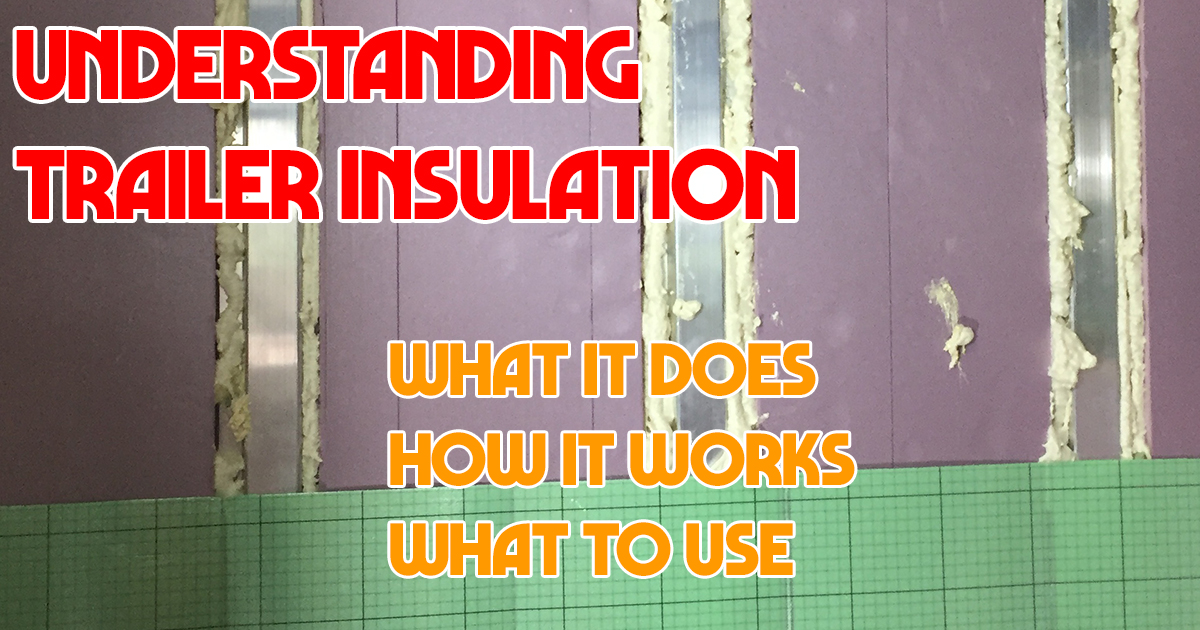
 Back Country Horsemen of America – Your national equestrian trails service organization. – Keeping Trails Open for Everyone.
Back Country Horsemen of America – Your national equestrian trails service organization. – Keeping Trails Open for Everyone.
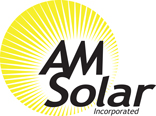 AM Solar – Solar Specialists since 1987. Providing complete independent, reliable and maintenance free solar power systems.
AM Solar – Solar Specialists since 1987. Providing complete independent, reliable and maintenance free solar power systems. Natures Head Composting Toilets – Lightweight, odorless and compact -Your sanitation solution for RVs and Campers
Natures Head Composting Toilets – Lightweight, odorless and compact -Your sanitation solution for RVs and Campers